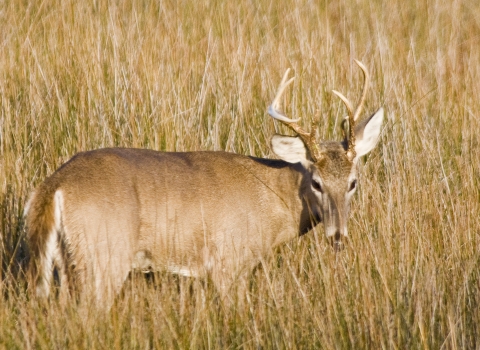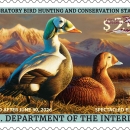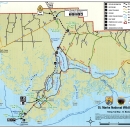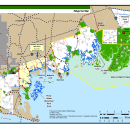
The Refuge Visitor Center has temporarily moved to the Education Building (Barred Owl Room). All services are still available. Sorry for the inconvenience.
Visit Us
St. Marks NWR provides numerous recreation opportunities to thousands of visitors every year. People enjoy viewing the unique geology and diverse wildlife. Regulation of recreation activities allow for public enjoyment of the refuge while still protecting the wildlife and habitats.
Location and Contact Information
Tours
Take a drive down Lighthouse Road to get acquainted with the Refuge. Pick up a map in the Visitor Center or in the online library.
Our Organization
Our Species
The Refuge lists contain 44 species of mammals, 271 species of birds, and 38 species of amphibians/reptiles. Some are resident and others are seasonal or occasional.
Our Library
You should view the publications before your visit. Please download/print the ones you need. That way you are prepared if the Visitor Center is closed or the supply is exhausted.
Click on View Our Library to see more publications. Allow time to load.
Get Involved
Volunteers at St. Marks National Wildlife Refuge are an integral part of the staff. They assist with numerous projects ranging from wildlife inventories to presenting interpretive programs, and their help has been instrumental in the accomplishment of a number of refuge projects and activities.
The Friends of St. Marks Wildlife Refuge, formed in 1987, is the 501(c)3 non-profit friends group that supports the St. Marks National Wildlife Refuge in accomplishing its biological and educational objectives.
Environmental Education Programs & Field Trips
Attention School teachers, Homeschool groups and Scout leaders: Come to the St Marks National Wildlife Refuge for a FREE field trip! You can pick from one of our current education programs or our Environmental Educator can tailor your trip to fit what you are studying in the classroom. Each lesson incorporates a variety of hands-on activities into every program. Through multi-sensory experiences, audience interaction, fun animal bio facts and meaningful contact with Refuge Staff, all participants may experience a new awareness and appreciation for the natural world.











